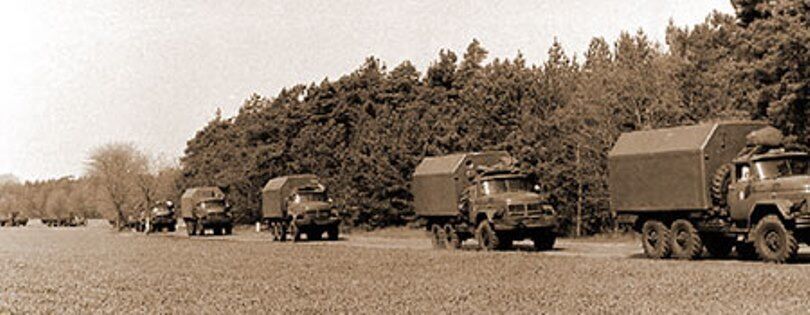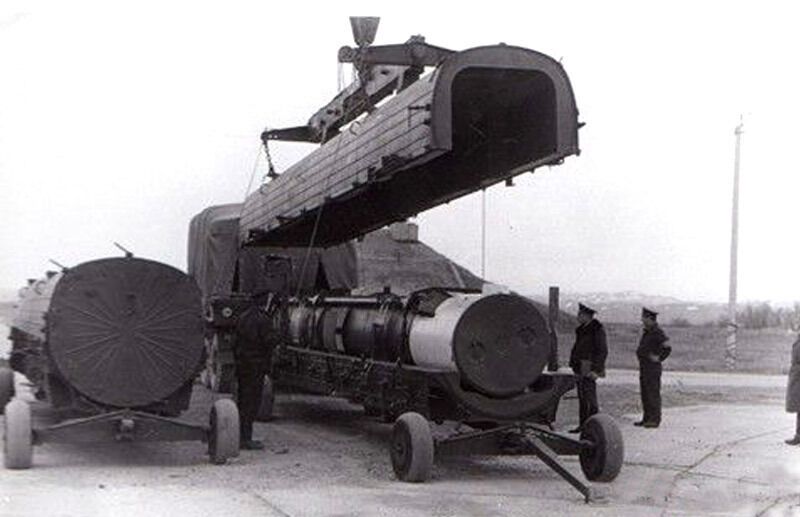News
Top Secret: How the USSR tested the readiness of tactical nuclear weapons
In the modern world, the nuclear threat seems a relic of the past. But after the start of Russia's full-scale aggression against Ukraine, the world began to feel in danger again.
Recently, Moscow and Minsk announced that they would conduct tactical nuclear weapons exercises. With this in mind, Defense Express talked about what similar exercises looked like in the USSR.
One of the main factors of the Cold War was the arms race, so it is not surprising that the USSR wanted to make sure that its resources were capable. It is worth noting that even then, nuclear exercises were not regular and were usually conducted as a preparation for larger events, such as the operational and strategic exercises of the army and navy codenamed "Zapad". Little is known about them, but some details were covered in N. Saichuk's book "The Shadow of Nuclear War Over Europe".
Storage of nuclear weapons
Tactical nuclear weapons were not stored directly in military units. They were kept at the Central Storage Bases, also known as "C" facilities. Weapons were also maintained there.
Each of the bases had several hundred vehicles at its disposal, including special vehicles for the transportation of nuclear charges. They were equipped with workshops, and laboratories, and had to ensure the appropriate temperature regime.
It is worth noting that up to 14 such bases are known to remain in Russia.
Preparation of nuclear weapons
To bring nuclear weapons into combat readiness, their charges must be transported and docked with carriers in designated areas. This requires considerable preparation to ensure complete secrecy and safety during the daily 500-km marches and deployment of field stations.
A very limited number of people were allowed to participate in the training and inspection process. Only senior military officers were allowed to visit Site C. Also, their visits had to be coordinated with KGB counterintelligence.
Inspection in 1976
In 1976, an unannounced inspection was conducted in the 28th Army of the Belarusian Military District. It was carried out in violation of regulations and without informing Moscow, and revealed that the base was unable to deliver 6 nuclear warheads within the specified time frame of 4 hours.
For 14 hours, no special vehicles were able to leave the base due to the critical technical condition.
Subsequently, the absolute secrecy and lack of necessary training negated the whole point of tactical nuclear weapons. During the exercises, there was a systematic lack of radios, camouflage nets, and special equipment. There were even cases when a nuclear convoy was simply unable to meet a missile brigade convoy.
Uranus-6 exercise 1981
These exercises took place in the Odesa Military District in the 14th Combined Arms Army. They were supposed to be a control exercise to assess the system of interaction with Object C and the results of work to correct its shortcomings.
In the end, it became clear that it was quite possible to bring nuclear weapons to readiness, but this required an increase in the number of mobile missile and technical bases, the participation of specialists with skills in docking nuclear warheads with carriers, and an improvement in the communication system.
It should be added that no real nuclear warheads have been detonated during these secret exercises since at least 1962. In addition, it is likely that they were not even transported during the tests, let alone docked with carriers. Therefore, it is not known what condition the nuclear warheads themselves are currently in.
Subscribe to OBOZ.UA's Telegram and Viber channels to keep up with the latest developments.






























